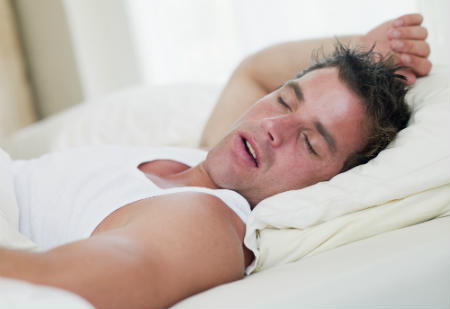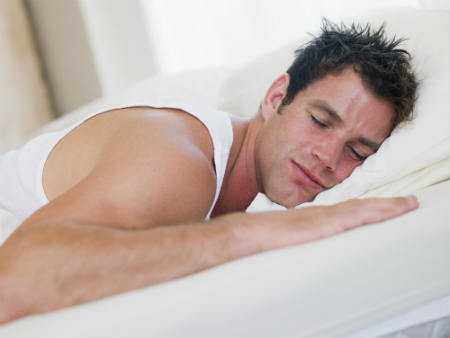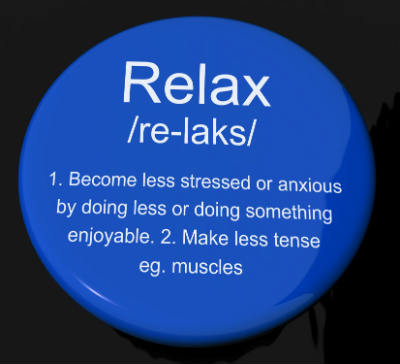Upper back pain occurs in the thoracic spine. It is described as a sharp pain that is both sudden and excruciating, rendering you unable to move freely. Unlike lower back pain which occurs in the lumbar spine, lower back pain is, in general, less common since the thoracic spine is stronger and has less mobility. However, upper back pain is becoming more prevalent due to a number of reasons. This raises an important question: How to sleep with upper back pain?
There are specially designed pillows that can work wonders for bad backs. Check out the best pillows for back pain.
Below are some of the frequently asked questions regarding upper back pain as well as the top sleeping positions for upper back pain.
FAQ’s
What Causes Upper Back Pain?

The most common causes of upper back pain include the following:
- Poor Posture
- Wrong Sleeping Position
- Improper Lifting Technique
- Overuse
- Trauma and Injury
- Osteoporosis
- Stress and Emotional Tension
- Sleeping on a Wrong Pillow
There are also some cases where non-spinal problems can cause upper back pain. Examples of these are gallbladder disease, cancer, an infection, heart problems, acid reflux, and ulcer.
Who Is at Risk for Upper Back Pain?
While anyone can experience pain in the thoracic spine, athletes are more prone to upper back pain. People who regularly sit for long periods or have a sedentary lifestyle are also at risk.
What is the Best Sleeping Position for Upper Back Pain?

Overall, the best position to sleep in when you have upper back pain is on your back. This position works best in keeping the spine in a neutral alignment.
Sleeping on the back is also the best position for sleeping if you’re grinding your teeth.
You can also use a pillow like the ABCO Half Moon Memory Foam Pillow and place it underneath your head and neck for better spine alignment. You can place this pillow under your knees as well for more support.
However, sleeping on the back isn’t recommended for snorers, pregnant women and people with sleep apnea.
In cases like these, it’s best to go for the second best sleeping position which is to sleep on your side with legs straight. This position is an excellent alternative since it can keep the airways open, aiding snorers and people with sleep apnea.
Read here in more detail about the best sleeping position for sleep apnea.

For side-sleeping position, I recommend placing a knee pillow (Firm Stay Orthopedic) between your legs to keep your pelvis and spine at their best alignment.
I have written an in-depth article if you want to know more about knee pillows and wedge pillows for back pain and how to choose the right one for your needs.
The best sleeping position for pregnant women with upper back pain is the fetal position. By sleeping on your left side with your legs slightly bent, you’re allowing more blood and more nutrients to reach your unborn baby.
For comfort and support, you can use the Queen Rose Maternity Body Pillow.
What Is the Worst Position to Sleep in with Upper Back Pain?

Sleeping on your stomach should be avoided since it goes against the spine’s natural curve, putting immense pressure on the muscles and joints. It strains the neck as well since you have to turn it to sleep on your stomach.
However, there’s no helping it if the only way you can sleep is on your stomach. What you can do is to reduce the pressure on your back by placing a pillow like the Xtreme Comforts Slim Memory Foam Bamboo Pillow beneath your pelvis and lower abdomen.
What Can I Do to Relieve Upper Back Pain?
Below are some tips on how you can to get rid of aching back or at least reduce the pain.
- Aside from altering your sleeping position, there are a number of ways to relieve your upper back pain.
- Use pillows that can support your neck and keep your spine in its natural alignment. The same goes for your mattress.
- Improve your posture.
- Strengthen your back through proper exercise.
- Rest when necessary. However, over-rest isn’t recommended since it can exacerbate the pain.
- You can use over-the-counter pain relievers like Advil to reduce the swelling and pain. If pain persists, consult your doctor.
- Use a heating pad to relieve the pain and stiffness.
- If stress is causing your back pain or making it worse, try breathing and relaxation exercises.
- Learn proper lifting techniques.
- A good massage can provide temporary upper back pain relief by loosening the tight muscles and encouraging blood flow.
What Exercise Works the Upper Back?
Yoga can do wonders for people experiencing upper back pain. Some of the yoga poses that can ease the tightness in your upper back and strengthen it include the bridge pose, cat pose, cobra pose, and the cow pose.
You can also do the countertop stretch while you’re waiting for your morning coffee to brew.
The upper trapezius stretch and the mid backstretch are easy exercises which you can do even in your office.
Can Stress Cause Backache?

Stress and anxiety can cause muscle tension, leading to upper back pain. This might also herald the start of the pain cycle where people get more anxious as they fear the pain.
This can lead to changes in the posture, hamper daily life functions and de-condition the body, causing even more back pain.
Can a Mattress Give You Back Pain?
The mattress that you’re using can cause or worsen your back pain. It may be that your mattress is old, sagging and no longer able to provide you the comfort and support that you need.
Once you’ve decided to ditch your old mattress, you’ll want to get a new one that is neither too firm nor too soft.
What Is the Best Mattress for aching back?
Back sleepers should look for something like the Resort Sleep by Live and Sleep which is firm enough to support your back and soft enough to contour to your body.
Side sleepers should look for a mattress with a slight softness that can protect the shoulders and hips. For this, I recommend the Zinus Ultima Comfort Memory Foam.
Stomach sleepers require a firmer sleeping surface to protect their back’s natural alignment. For this the Zinus Hybrid Green Tea Foam and Spring Mattress can work wonders.
Finally, if you’re a combination of the three type of sleepers, any memory foam mattress will work to prevent back pain.
Can a Pillow Give You Upper Back Pain?
The pillow is an integral part of a pain-free sleep. You need to find pillows that are compatible to the way you sleep.
If you’re incompatible to the pillows that you’re using, it won’t give you the right amount of support and won’t help in keeping your spine in its natural alignment.
Final Words
So, how to sleep with upper back pain?
We often take it for granted but a healthy back is essential in maintaining our daily lives. As such, we need to give it the proper care that it deserves.
Some simple stretches upon waking up are easy to do and don’t take long time. Pay attention to your posture throughout the day as well.
How to sleep with upper back pain? We spend a third of our lives on our bed which is why it is essential that we use a good mattress and pillow. A mattress that can’t give enough support can cause back pain or worsen an existing one.
But, if it isn’t your mattress that is the culprit, it might be your sleeping position that is causing your back pain. For this, I recommend using a knee pillow.
However, if after trying the solutions recommended in his article your back pain still persists, make sure to consult your doctor.
If you want to know more about sleeping positions that reduce back pain, read this article by Mayo Clinic.


Pingback: Best Sleeping Position for Sleep Apnea (Everything You Need to Know)
Pingback: Sleeping in a Recliner Instead of Bed: Is it Bad? (Side Effects vs Benefits)